We had a workiday1 last week. House sitting in a small hamlet between Totnes and Kingsbridge in Devon.
Devon is a bucolic county in the south west of England. An idyll of green grass, country lanes edged by bulky hedgerows, cows clotting cream, estuaries dotted with pleasure boats and, I risk the ire of our Cornish brethren by writing this, serving cream teas in the right way2.
It’s also the home of Britain’s ocean city, Plymouth, which is where I spent a very pleasurable day photographing some of the city’s post-war buildings.
Being a major port and naval base, the Luftwaffe bombed the hell out of the city centre and docks.3 In 1941, the city appointed Patrick Abercrombie4 to plan for the city’s reconstruction. By 1964 over 20,000 new homes emerged from the rubble and the city centre was shiny and new.
Plymouth Civic Centre was built in 1962 to house the city council offices.
In 2007 it was Grade II listed and saved from demolition. In 2014 Urban Splash5 bought it for £1 with plans to convert it into residential use. These fell through and the council have since bought it back for £1 with plans to convert into a city college.
Plymouth has a mix of modernist styles and if I knew more about architectural history I would tell you exactly what these were. For now, shall we settle on post-war? Which is wide enough to let my eye guide me to those buildings which appeal.
This is the MLA College. I don’t know who designed it, or when it was built, or who has used it before. But I do like the concrete window frames and the blue, blue, electric blue (as Mr Bowie once sang).
Brutiful stairs taking you to your chosen level of the car park. The design of these stairs are common thread which runs through many buildings of this era.
Plymouth Police Station looks welcoming in the summer sun.
As does the magistrates courts.
Why don’t they make shopping centres like this anymore?
… or offices. Who needs sunlight streaming into the place they work when their faces can be gently lit by computer screens?
Photographers and their Photobooks
There are a couple of Devon photographs whose books I regularly take from the shelf.
Robert Darch’s ‘Vale’ is described by The Guardian as “Paradise lost: nature photos that mourn a lost youth. His beautiful rural landscapes could be escapism…or something more sinister.”
James Ravilious’s ‘The Recent Past’ photographed parts of Devon which “clung to its traditional life for longer than many other parts of Britain, and although his photographs were taken as recently as the 1970s or 1980s, they capture a way of life that is vanishing, or has vanished.”
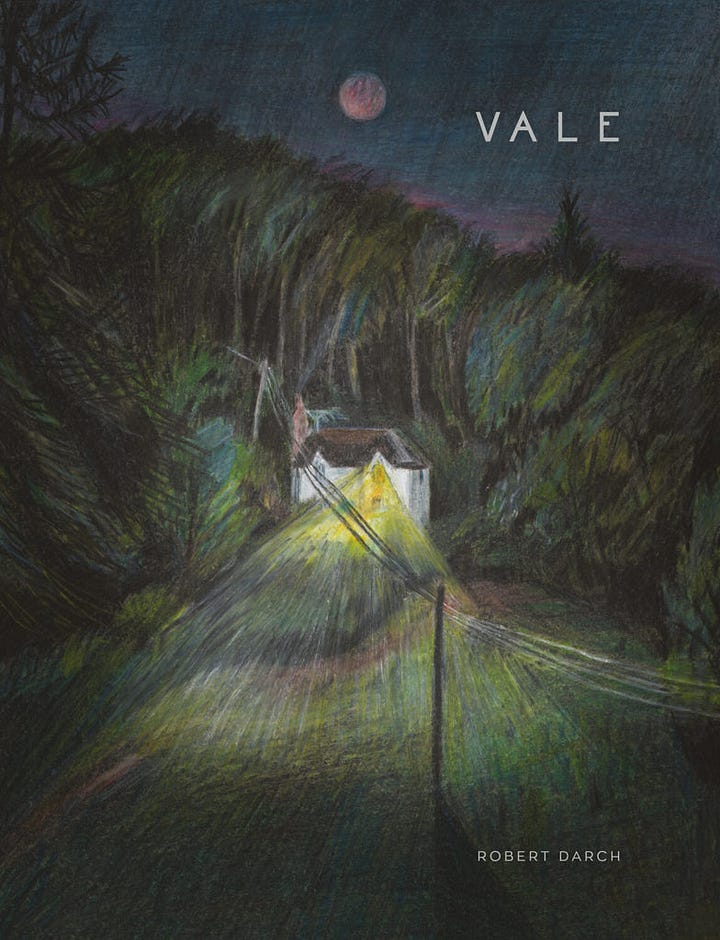
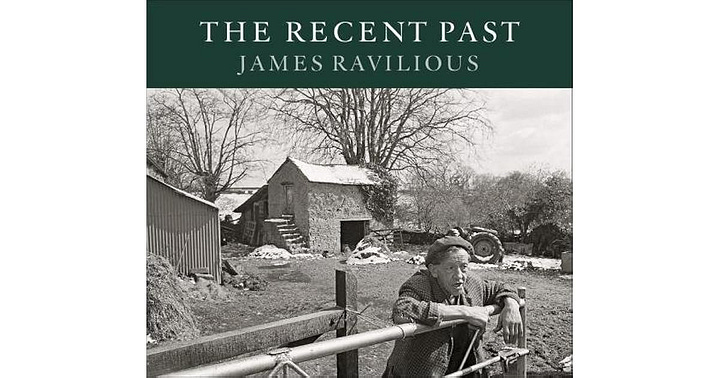
Workiday is a word we made up to describe a week away where we work in the morning and holiday in the afternoon.
One of the great controversies of our sceptred isle is what goes first on a cream tea. The Cornish say jam first and then clotted cream. Devonians say clotted cream first and then jam. I’m with Devon. The cream acts like butter. It’s obvious isn’t it? I shall now go into hiding.
The Plymouth Blitz lasted for 59 raids between 1940-44: https://en.wikipedia.org/wiki/Plymouth_Blitz
Patrick Abercrombie was an architect and urban designer who “came to prominence in the 1940s for his urban plans of the cities of Plymouth, Hull, Bath, Bournemouth, Hong Kong, Addis Ababa, Cyprus, Edinburgh, Clyde Valley and Greater London”: https://en.wikipedia.org/wiki/Patrick_Abercrombie
Urban Splash are behind the welcome regeneration of Park Hill in Sheffield (of ‘Streets in the Sky’ fame). I haven’t visited yet, but I would like too: https://www.urbansplash.co.uk/regeneration/projects/park-hill






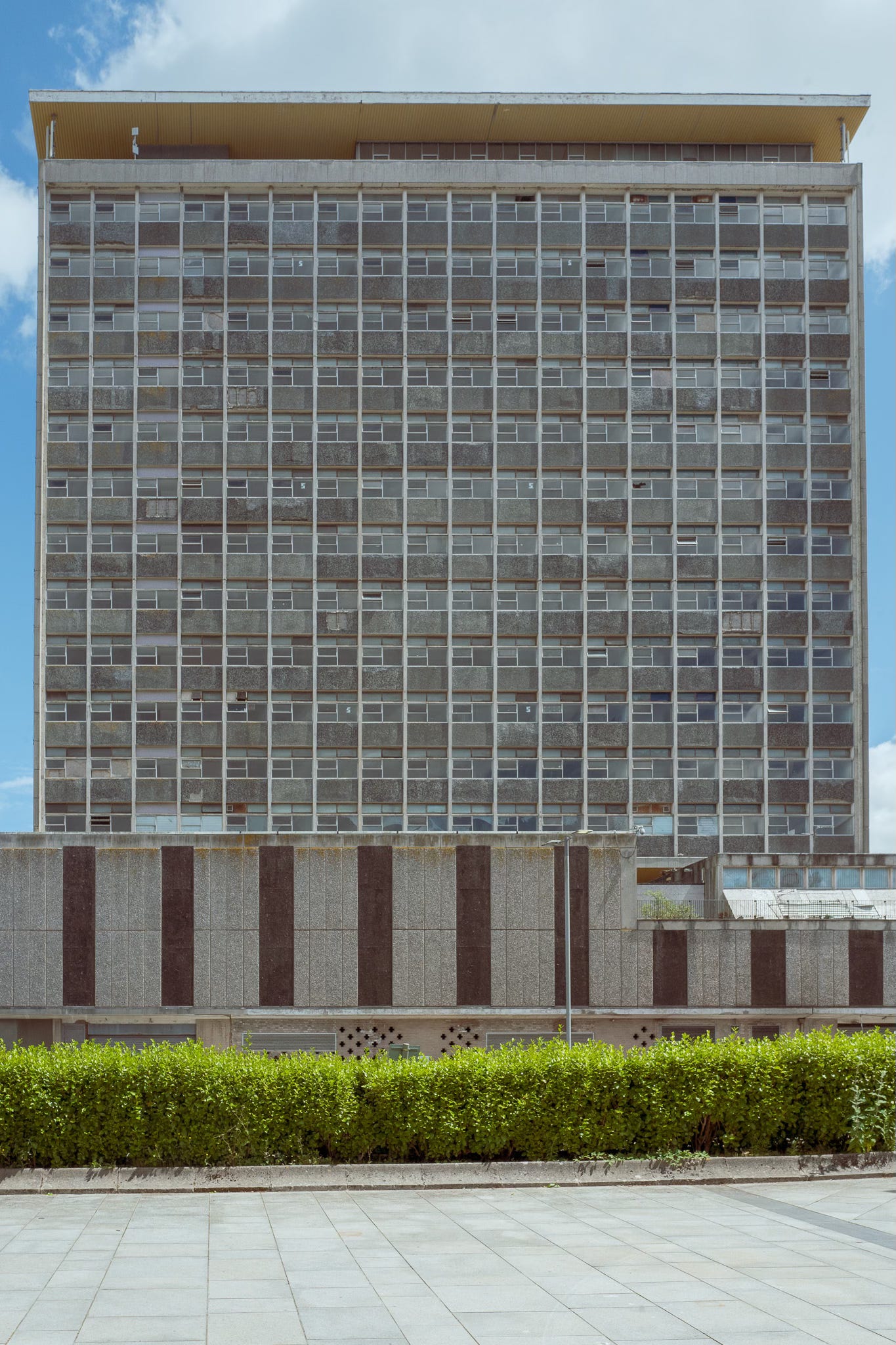
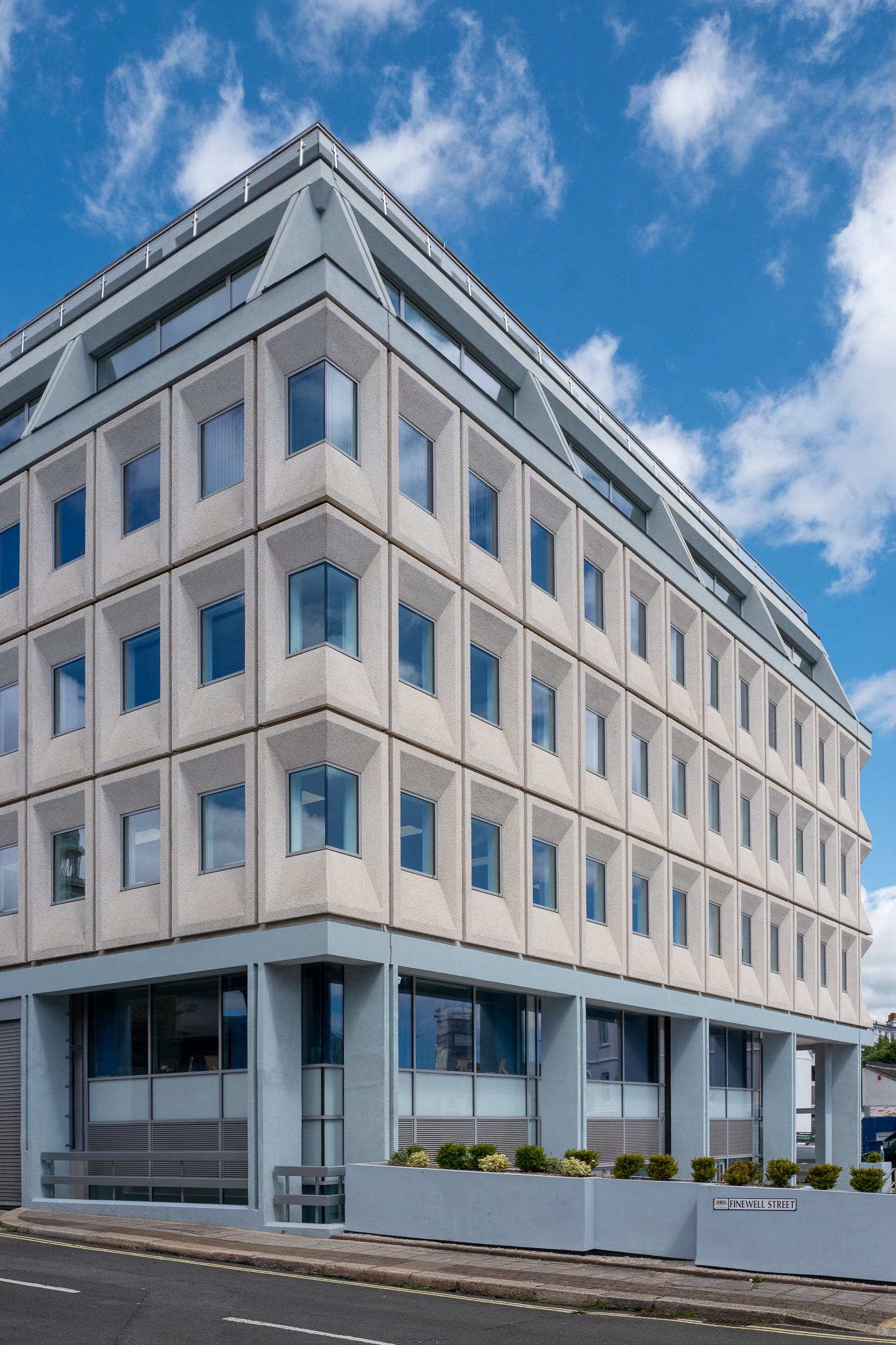


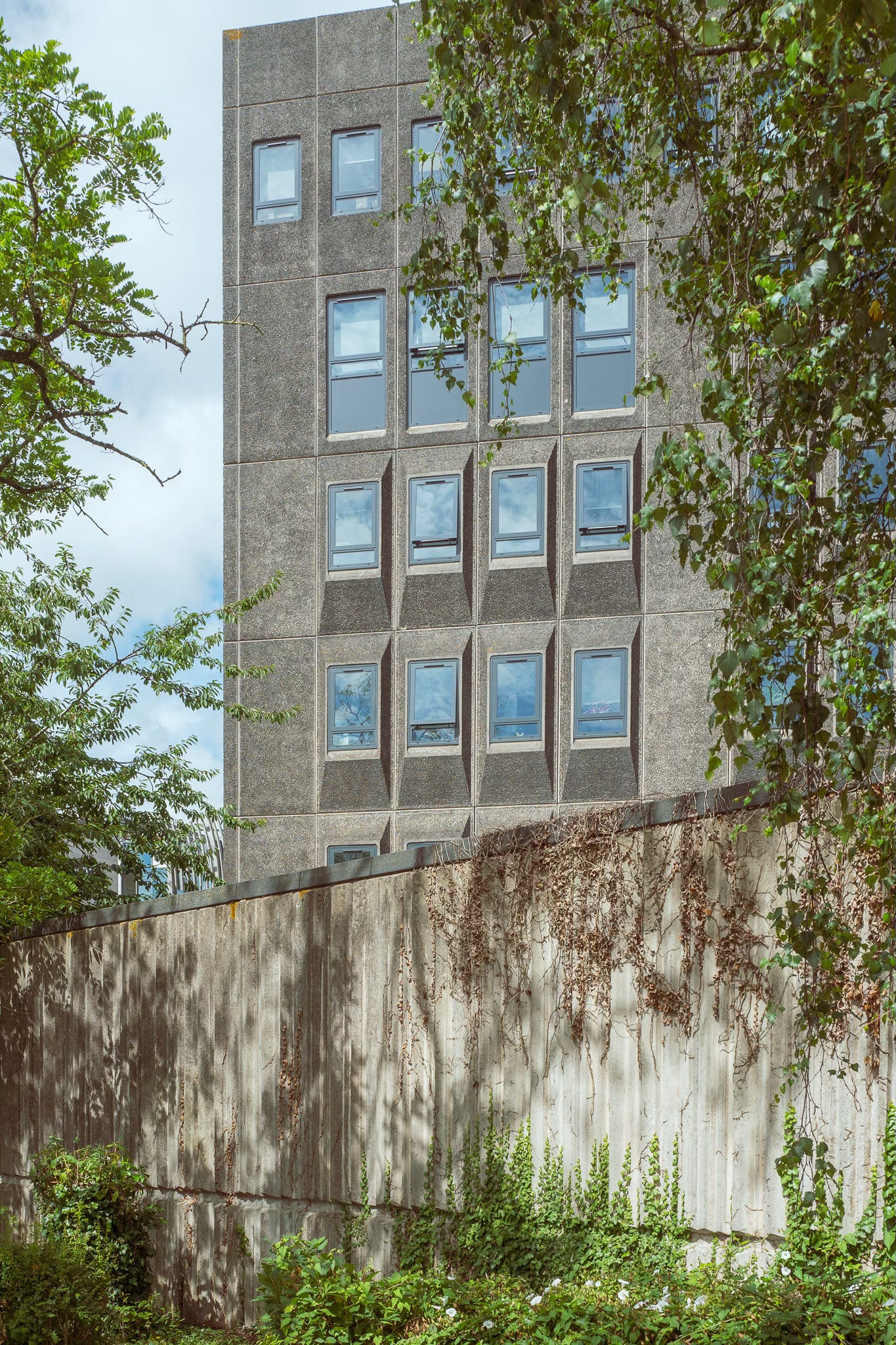



As ever I much enjoyed reading your piece Andrew. Through my career I visited Plymouth many times but alas my days were working days to places such as the Royal Citadel and Devonport, not workidays. Though I confess the nights were given over to more than a glass or two of grog! And despite being a quarter Cornish I never got into whether it's cream or jam first, I just know it's scone as in gone - always was, always will be ... 😉
Thanks for an interesting post and tour.